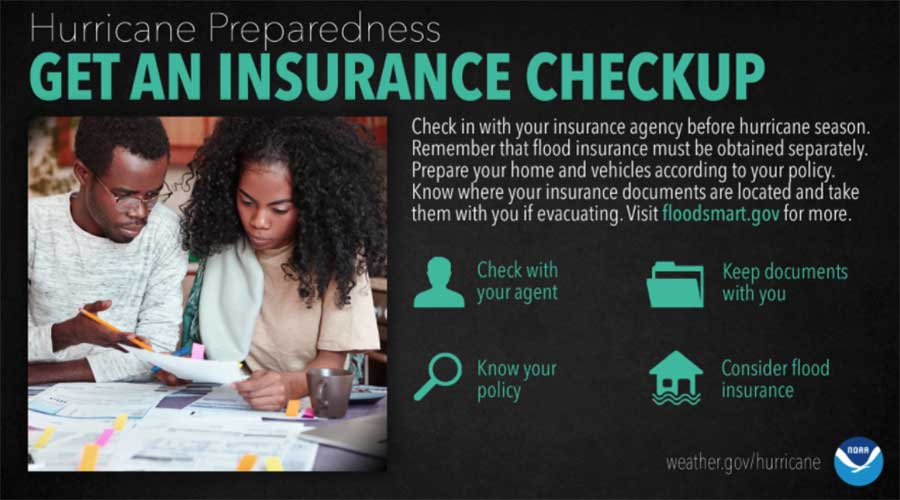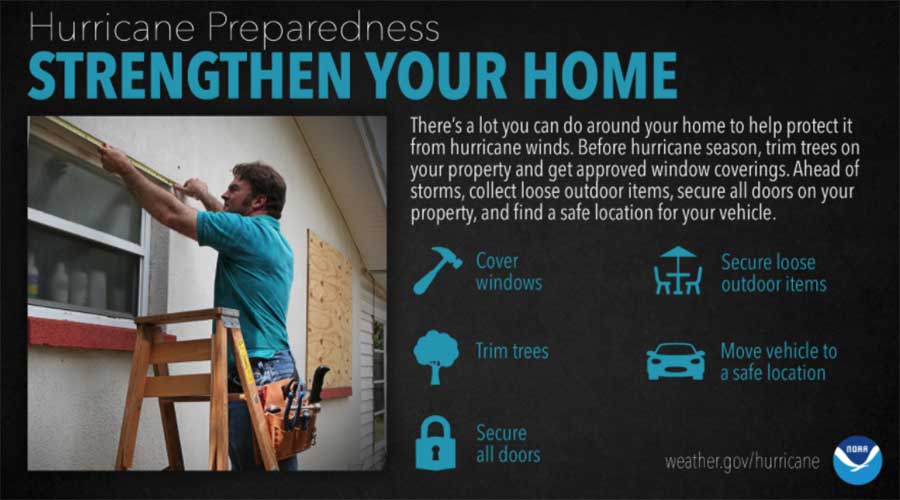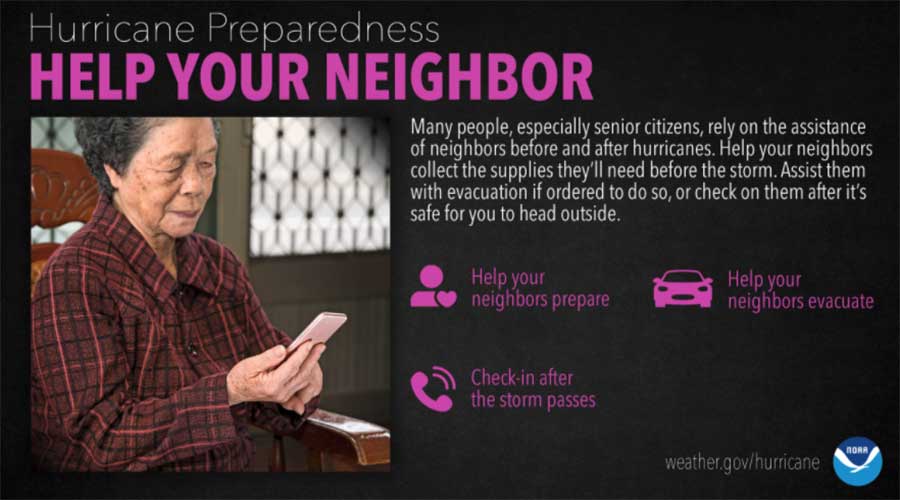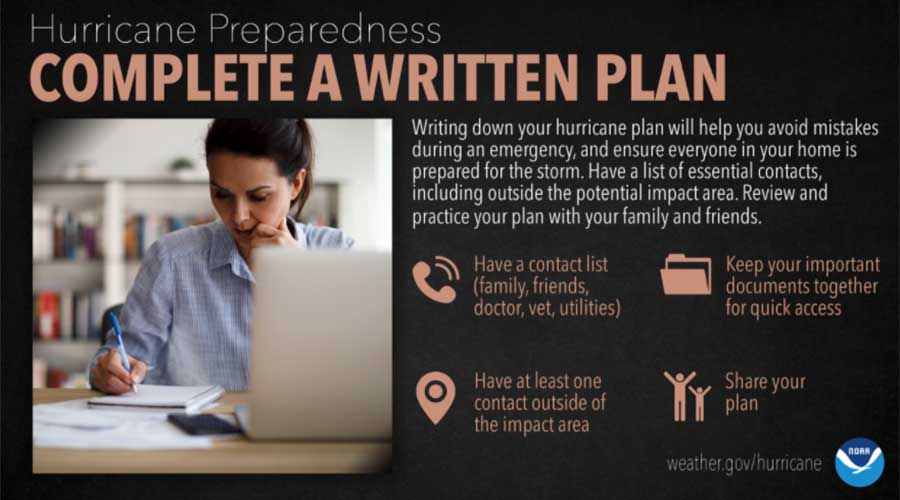Voluntary Water Conservation
Voluntary Water Conservation is in effect due to Hurricane Beryl. The MUD 208 Water Plant is running on emergency power, please continue the Voluntary Water Conservation until further notice.
Voluntary Water Conservation is in effect due to Hurricane Beryl. The MUD 208 Water Plant is running on emergency power, please continue the Voluntary Water Conservation until further notice.
With freezing temperatures right around the corner, it’s a good time to refresh ourselves on precautionary measures for drops in temperature and cold weather.
The Four P’s to Prepare your Home this Winter:
Water Supply from the WHCRWA has been restored. Please return to normal water use.
WHCRWA requests a voluntary reduction in water usage. See details on their website: https://www.whcrwa.com/2022/12/23/requests-voluntary-reduction/
Water is Safe to Drink, MUD 208 is Not affected by the Current City of Houston Notice.
MUD 208’s water supplier, WHCRWA, as well as the City of Houston, have entered Stage 1 of their Drought Contingency Plans. As a result, MUD 208 is entering into Stage 1 of our Drought Contingency Plan. In Stage 1 we request that our Users voluntarily reduce water usage to achieve a 10% reduction in daily water demand utilizing the following steps:
Like many of the residences, MUD 208 has also experienced damage caused by the AT&T construction in the area. The problem occurred on June 3rd, at about 10:30am, when a subcontractor for AT&T, drilled through the 12” water main that supplies water to the north side of the District. The operator for the District, H2O Consulting, was able to respond in a matter of minutes to isolate the water line break. H2O Consulting employed the District’s emergency water supply to maintain pressure and provide water while repairs were made. The District utilized the smart meter network to verify that the system pressure had not been compromised, and although the damage was significant; the repair was solid. The Water Treatment Plant was offline for one day, but was back in operation for the weekend. The District has started a review of the events that led up to this mess and the District wants to share with you the outreach to AT&T that was made before this event occurred. In February, the District communicated a detailed layout of all water and sewer line potential conflicts that the drilling company needed to prepare for, including this exact location. This information was sent again at the beginning of May as a reminder along with written request to be present for all construction. Even with frequent site visits from H2O Consulting, these requests and warnings fell on deaf ears, as less than 30 days later, the damage was done. As a result of this incident, H2O is diligently monitoring the remaining drilling in the area. Like many homeowners, the District is working diligently on restoring our site.
Harris County is now onsite with materials to fix a water main break on Ridge Park Drive. Water service will be turned off to tie in the new stormwater pipe and make a permanent repair to the water line. Service can be expected to be off for an estimated 7 hours.
The water main along Ridge Park broke and is under repair. The Estimated repair time is at least 12 hours.

Be ready for hurricane season. Today you can determine your personal hurricane risk, find out if you live in a hurricane evacuation zone, and review/update insurance policies. You can also make a list of items to replenish hurricane emergency supplies and start thinking about how you will prepare your home for the coming hurricane season. If you live in hurricane-prone areas, you are encouraged to complete these simple preparations before hurricane season begins on June 1. Keep in mind, you may need to adjust any preparedness actions based on the latest health and safety guidelines from the CDC and your local officials.
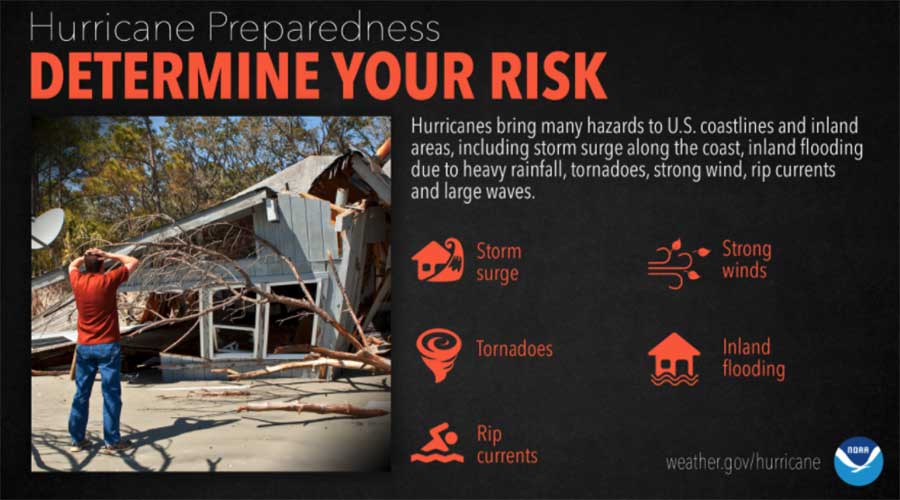
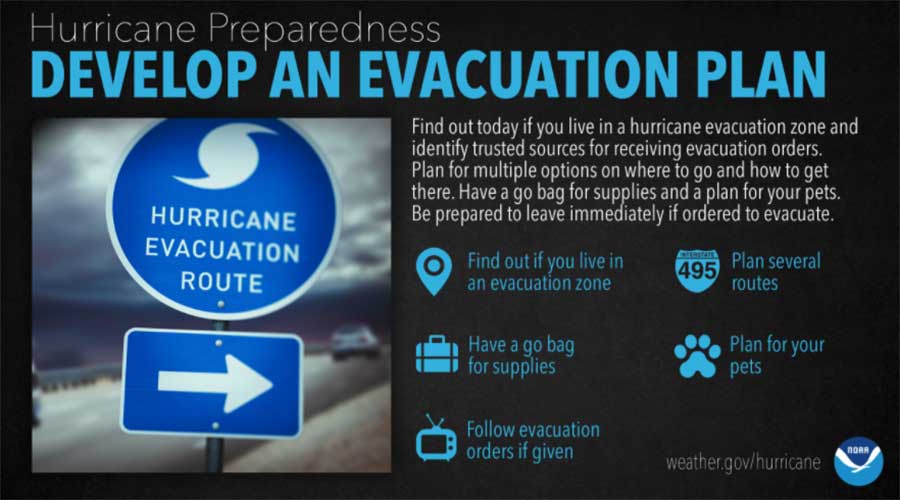
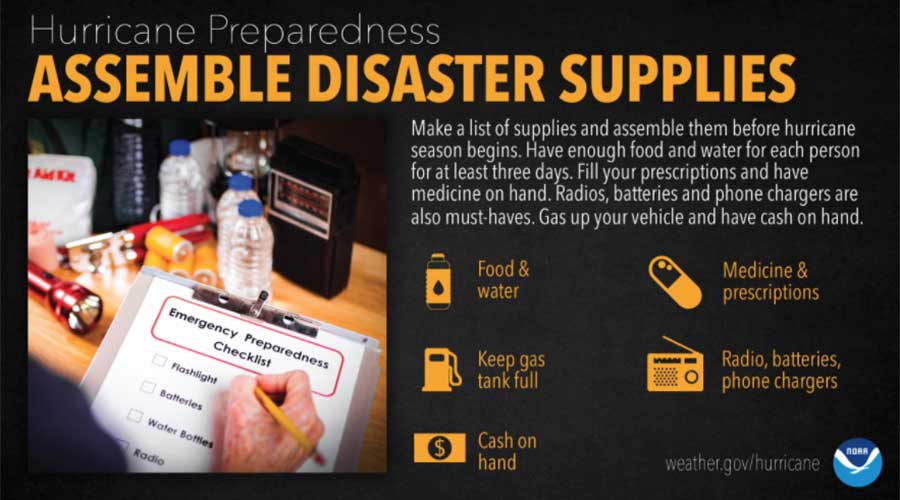
If you need to go to a public shelter, the CDC recommends bringing items that can help protect you and others from COVID-19, such as hand sanitizer with at least 60% alcohol, bar or liquid soap, disinfectant wipes (if available) and two masks for each person. (Children under two years old and people having trouble breathing should not wear face coverings.)
